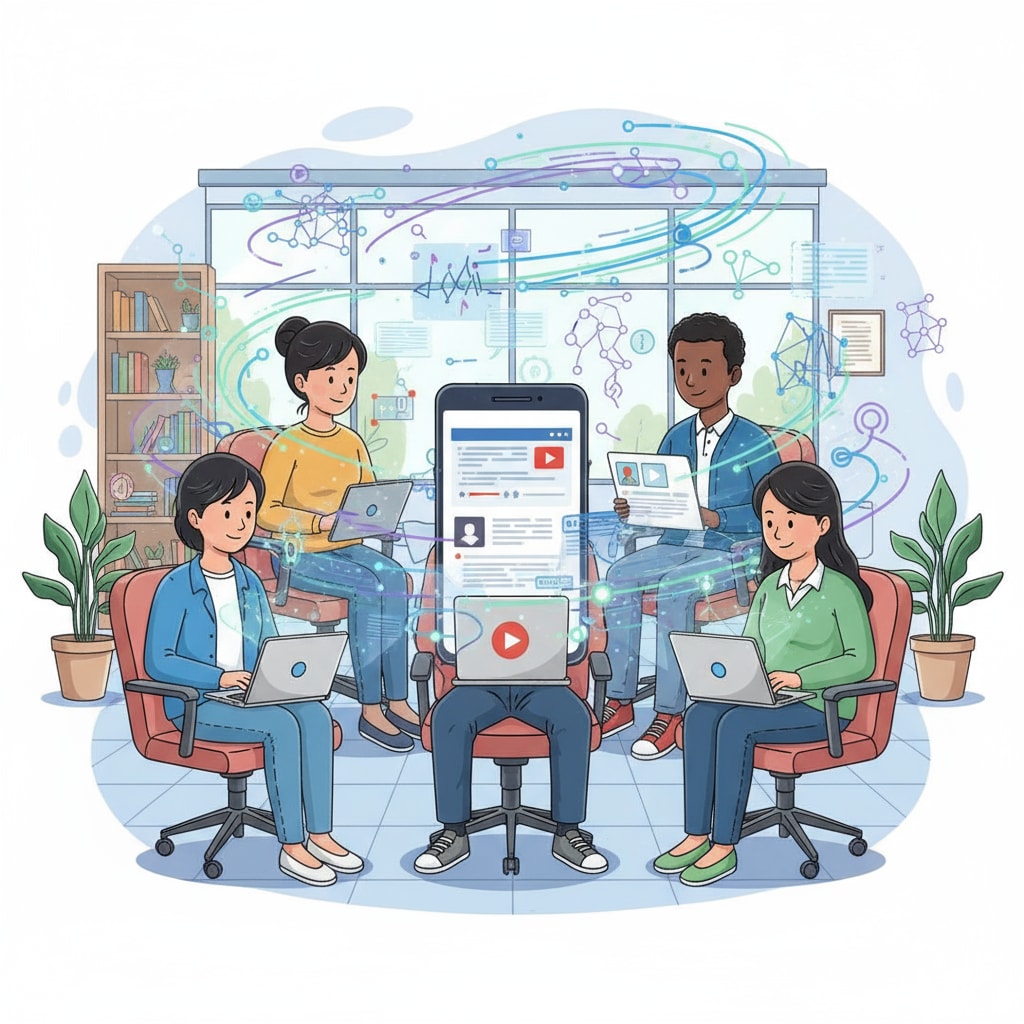In the realm of modern education, the concepts of video teaching, educational equity, and AI-assisted learning have become increasingly intertwined. The landscape of education is evolving, and with the advent of AI, there is a newfound hope for addressing the long-standing issue of unequal access to learning resources, especially video-based ones.

The Uneven Terrain of Video Teaching Resources
Currently, the distribution of video teaching resources is far from equitable. In many parts of the world, students in affluent areas have easy access to high-quality video courses, while those in disadvantaged regions struggle to obtain even basic educational videos. This disparity is exacerbated by factors such as lack of infrastructure, limited financial resources, and technological barriers. For example, rural communities may not have reliable internet connections, which hinders their ability to stream educational videos. As a result, a significant gap in learning opportunities persists between different socioeconomic groups. Educational inequality on Wikipedia
AI as a Catalyst for Bridging the Gap
AI brings several powerful tools to the table that can help level the playing field in video learning resource access. One such tool is automatic caption conversion. AI algorithms can quickly and accurately transcribe spoken content in videos into text captions. This is particularly beneficial for students with hearing impairments, as well as those learning in a second language. By providing captions, these students can better understand the video content. In addition, AI can generate key point summaries of video lectures. This feature allows students to quickly grasp the main ideas without having to watch the entire video, saving time and making learning more efficient.

Ethical Considerations in AI-Assisted Learning
While AI offers great potential, it also raises important ethical concerns. For instance, issues related to data privacy arise. AI systems rely on large amounts of data to function effectively, and this data may include sensitive information about students. Ensuring that student data is protected and used only for legitimate educational purposes is crucial. Another ethical consideration is algorithmic bias. AI algorithms may be influenced by the data they are trained on, which could lead to biased outcomes. This could result in certain groups of students being disadvantaged in the learning process. Ethics of artificial intelligence on Britannica
In conclusion, AI has the potential to be a game-changer in promoting educational equity in video teaching. Through its various capabilities, it can help break down the barriers that prevent equal access to learning resources. However, it is essential that we address the ethical issues and implementation challenges associated with AI-assisted learning. By doing so, we can harness the power of AI to create a more inclusive and equitable educational environment for all.
Readability guidance: The article uses short paragraphs to clearly present ideas. Lists are used to summarize key points where applicable. The proportion of passive voice and long sentences is carefully controlled. Transition words like “however”, “in addition”, and “for example” are scattered throughout the text to enhance the flow of ideas.


